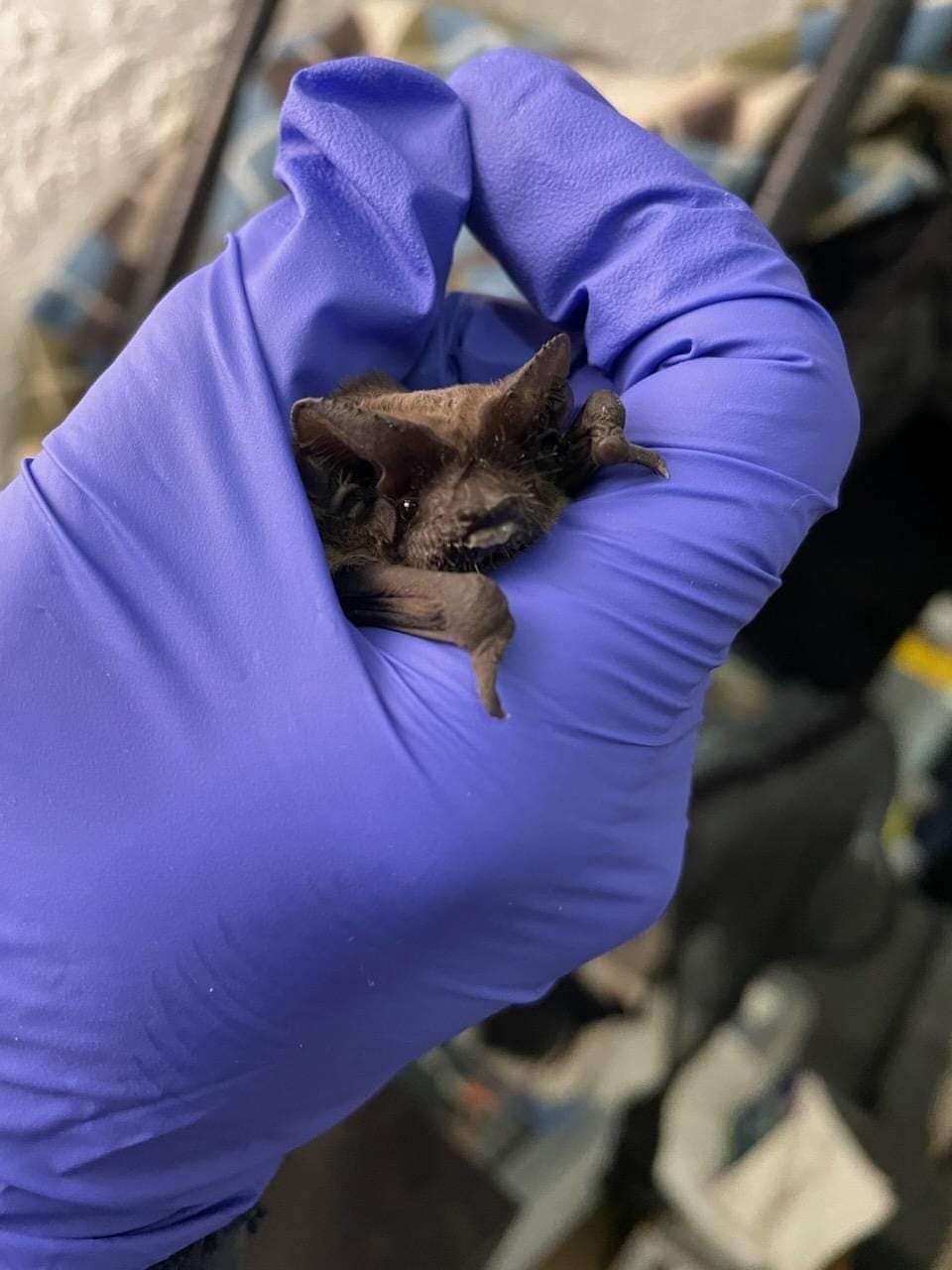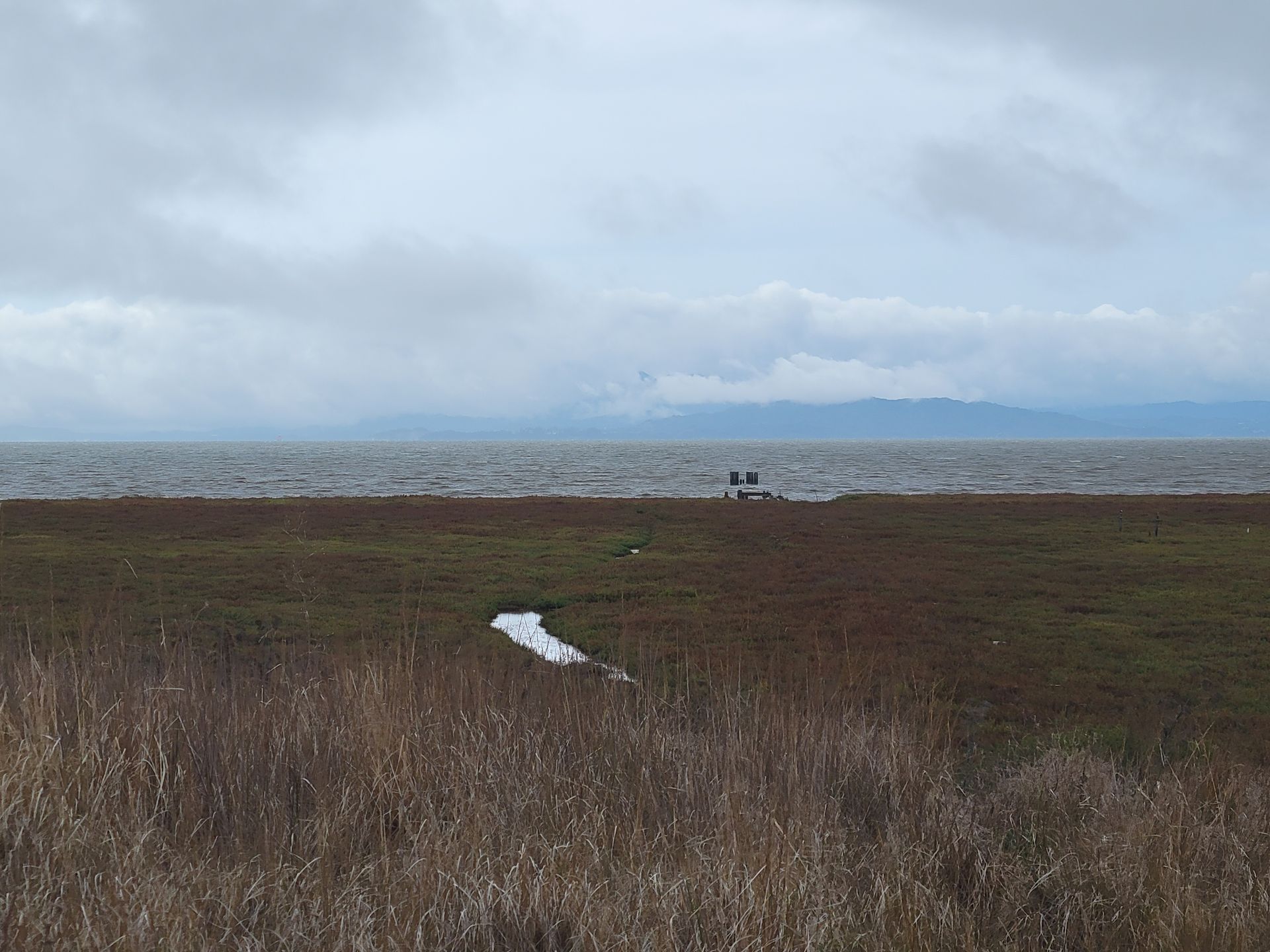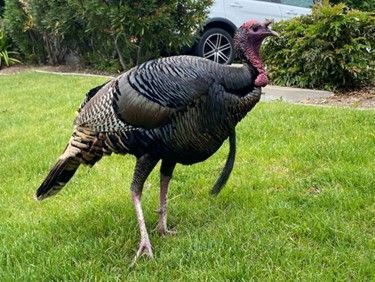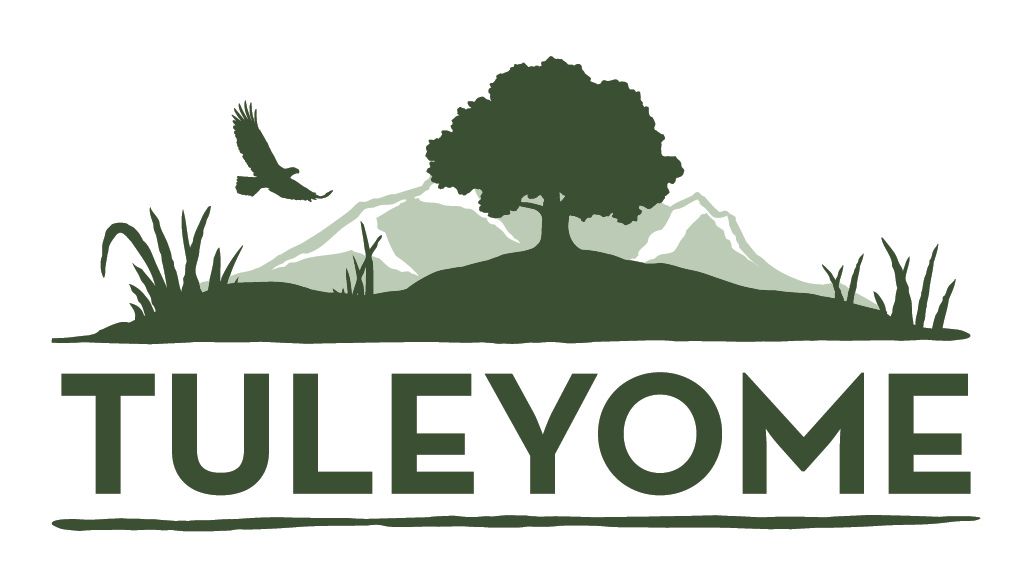Enjoying Outside - Our Friend, the Mexican Free-tailed Bat

Although the Sacramento region is home to many species of bats, the Mexican Free-tailed bat (Tadarida brasilensis) is the most numerous. Part of their name comes from their anatomy as they have long tails that extend beyond their tail membranes. The rest of their name isn’t necessarily all inclusive but isn’t a myth either. Yes, they do live in Mexico but they also occupy the western United States south into Mexico, Central and parts of South America as well. One of the largest local colonies in Northern California happens to be just a few miles away from us.
If you’ve been on the Yolo Causeway (I-80, between Davis and Sacramento) around dusk, you may have been lucky enough to see the quarter million or so bats that call the bridge home. They tuck themselves up into the expansion joints under the bridge and rest during the day but as the sun begins to set, the bats wake up and begin heading out for their shifts as the local insect exterminators. They fly out from under the bridge in such huge numbers that they look like smoke. Seemingly endless ribbons of bats that fly higher and higher until you can’t see them anymore. Not only do they take care of things you don’t like buzzing around your head outside, they also help farmers in the Yolo Bypass Wildlife Area by eliminating the need for costly and offensive toxic pesticides.
The Mexican Free-tailed bat is a small to medium size bat that, like the Bat Mobile, is built for speed. Its dark brown to gray fur is short to help reduce drag in flight and it has long, narrow wings (like falcons) that help it maneuver quickly and easily. Not only is it fast, it’s real fast! It is the fastest mammal on the planet and has been clocked at just under 100 mph (during straight, level, powered flight)! And, they can reach altitudes of 10,000 feet, the highest of all bat species. It has large forward-facing eyes and ears that are rounded like Mickey Mouse’s and an adorable, wrinkled lip that optimizes mouth space to accommodate large, flying insects. They use echolocation to find flying prey and to avoid bumping into each other in the dark night sky.
Although it looks similar to a mouse or rat, bats are not rodents at all. In fact, they are more closely related to dogs and cats than they are to rodents. (Humans are more closely related to rodents than bats are!) Females give birth to only one pup a year which she will nurse until it is fully grown at around four to seven weeks when it’s ready to be independent and fly the coop so to speak.
Mexican Free-tailed bats are insectivores that are not so much picky, but more selective. Although they will happily eat almost any flying insect, they get more bang for their buck by eating bigger, juicer bugs such as moths. And, because they are nocturnal, so is their prey which eliminates many of the meaty day-time prey items such as flies, dragonflies, butterflies and other winged insects. They use their tail membrane as a “catchers mit” to scoop the bugs out of the air and then gobble them down all while in flight. Our local Mexican Free-tailed bat colony is free, natural and non-toxic pest control for the farmers and for those of us that like to be outside at night. They can eat at least half of their weight in pests a night and pregnant or nursing females can consume their entire body weight. Ok, so they weigh less than half an ounce but multiply that by 250,000 and that’s a lot of bugs that were there irritating you and eating crops and now, expeditiously, aren’t. They fly so fast that although occasionally an opportunistic Peregrine falcon or hawk might nab one, most bat predation occurs when pups are learning to fly and fall to the ground. Predation by outdoor cats is also a grave threat as cats can climb to where unsuspecting bats may be roosting.
And that whole rabies thing. Yes, bats can catch rabies – if they catch it, they will die from it, usually within 10 to 14 days. However, less than one percent of them have it. If you find a bat on the ground, please know that it is not supposed to be there – it could have been attacked by a predator, it might be sick, or it could be too hot or tired to fly. Once on the ground, it is hard for bats to get air born again. Rabies is spread through saliva so unless you touch it and the bat bites you, you can’t get it. It can be picked up by putting a container over it and sliding a piece of cardboard or something firm underneath it. Incidentally, the same method I use to catch and release spiders in my house. If you find a bat on the ground, please contact NorCal Bats (916-902-1918) for rescue and rehabilitation.
Bats are among the most abundant mammals in North America and because the Mexican free-tailed bats nest in such large, dense colonies, they are especially susceptible to habitat destruction and loss. One colony that roosts under a bridge in Texas has an estimated 15 to 20 million individuals!
White-nose syndrome (WNS) is another serious threat to hibernating bat colonies. It was first discovered in the US on the East Coast and has been spreading rapidly westward since at least 2006. It is a fungus (Pseudogymnoascus destructans) that attacks the exposed skin of the bats, often their face, and looks like white fuzz which is where the disease got its name. It thrives in cold, damp, and dark places such as caves where bats roost. As the fungus grows on hibernating bats, it causes them to be more active and to wake up when they aren’t supposed to. Being active during the winter forces them to use up their stored fat and eventually the bats die of starvation. Although people cannot get sick from it, we can transport it on our clothes and shoes which is likely how it got to North America in the early 2000’s. Some species are especially susceptible, and others may carry it but individuals don’t exhibit symptoms. To date, WNS has killed millions of North American bats; disastrously some colonies have been entirely eliminated. Currently there is no cure, but biologists are studying the disease and ways to treat or eliminate it. Currently, only the DNA of WNS has made its way into California and only to a few select areas. If you visit places where bats occur, please disinfect your equipment and clothes, including footwear, with bleach or isopropyl alcohol to discourage spreading the fungus.
If you’d like to have a really entertaining and informative evening outdoors, check out our conservation partners and friends at The Yolo Basin Foundation. They offer a marvelous Bat Talk and Tour of our local colony in the Yolo Bypass Wildlife Area that will leave you enthralled and full of appreciation for these little guys. The Bat Talk and Tours are offered from mid-June through the end of September. You will absolutely Enjoy Outside during the tour!
-Kristie Ehrhardt (kehrhardt@tuleyome.org)
Tuleyome Land Conservation Program Manager
RECENT ARTICLES






